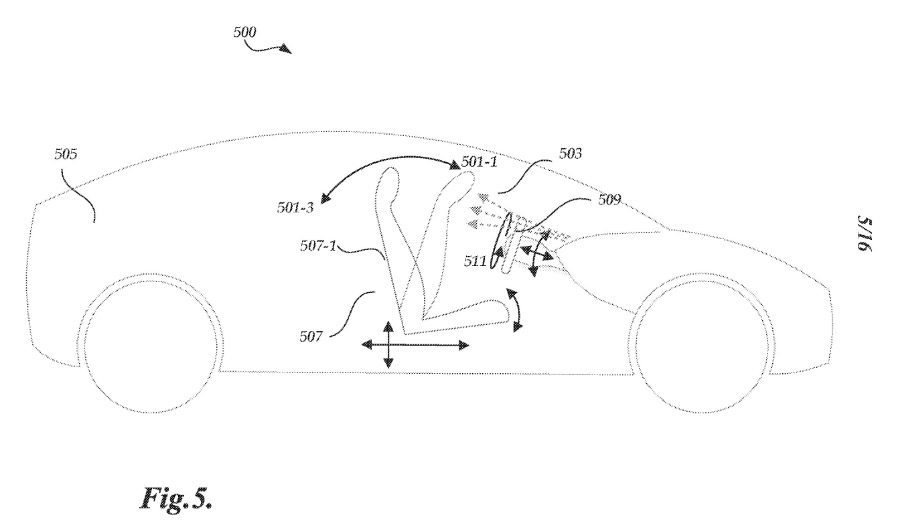
Tesla has applied for a patent on an automated sanitization system for its upcoming robotaxi self-driving electric cars.
Self-driving is not solved yet, but the new technology also comes with other problems.
Tesla plans to launch an automated ride-hailing service once it solves self-driving, which is any day now if you believe Elon Musk.
However, once you take the driver out of ride-hailing, you create other problems. While driving is certainly the main part of their jobs, they also maintain their vehicles and keep them clean.
Tesla has now applied for a new patent that would automate at least part of the sanitization of its self-driving vehicles.
The patent is called ‘Controlling environmental conditions in enclosed spaces’ (hat tip to @seti_park for spotting the patent first).
Tesla describes the problem it is solving in the patent’s background:
Shared spaces present advantages in cost, efficiency, and environmental sustainability. For example, an automobile providing transportation throughout the day for multiple persons provides lower transportation costs and environmental footprint than an automobile used by only one person for personal commute. However, shared spaces have a disadvantage of facilitating indirect transmission of communicable diseases through contaminated air or surfaces. Current means for sanitizing shared spaces, for example manually wiping touch surfaces using disinfectant wipes, can be time-consuming, laborious and lead to unsatisfactory sanitation conditions. Additionally, such manually implemented activities may not be easily verifiable.
In the patent, Tesla explains that it uses a variety of sensors, which can include an image sensor, an acoustic sensor, a thermal sensor, a pressure sensor, a capacitive sensor, a radio frequency sensor, or a gas sensor, to keep track of the environment inside the vehicle.
As for the actual sanitization routine, Tesla mentions the potential use of UV lights and a heating system to sanitize.

The patent suggests that Tesla could use things inside the vehicle to sanitize automatically, but it could also autonomously drive into an area equipped to sanitize the vehicle with robots. The vehicle would go into some sort of ‘sanitization mode’ that could include moving the seats if necessary or opening the windows to let a light source in.
Electrek’s Take
This is cool, but obviously, it only makes sense if you have solved self-driving, which Tesla has yet to do.
That seems to be the hard part. I’m not saying you shouldn’t think about all the other problems to solve once you have a fleet of self-driving robotaxi. You should. But solving self-driving seems to be the main hurdle.
I’ve been impressed with Tesla’s FSD v12, but I have been unimpressed by the progress made since v12. The path to a true driverless system is still unclear to me.
Author: Fred Lambert
Source: Electrek




Tell me that the RoboTaxi business model is flawed without telling me the RoboTaxi business model is flawed.
Sanitization is a great idea for a vehicle that is otherwise clean, but I don’t want to rent a RoboTaxi with somebody’s vomit on the seats and floor, even if the vomit is sanitized.
If each RoboTaxi came with Optimus maybe, but that’s not what the schematics show.
How about building a system to keep the cameras clean first such that FSD can be solved.